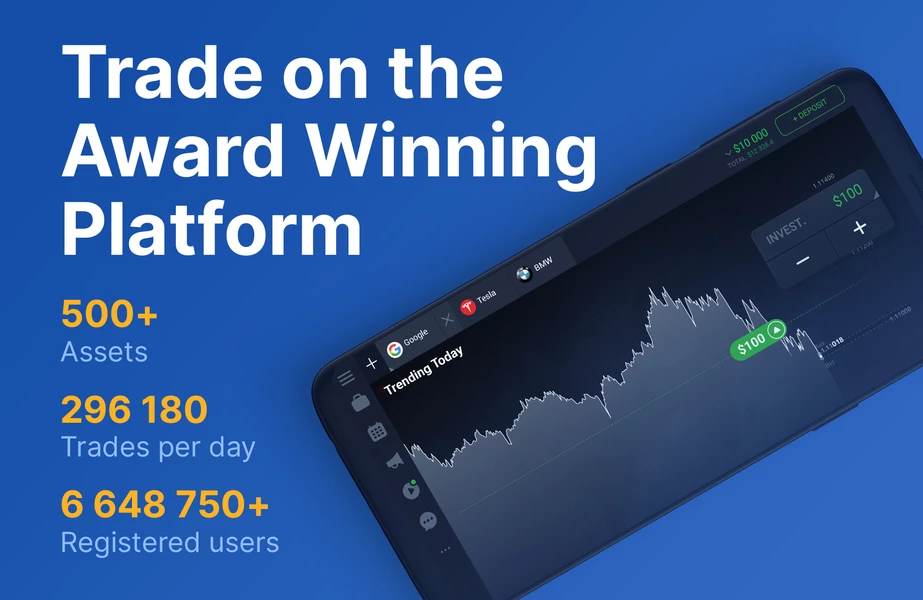Introduction
E-Mini futures are electronically traded futures contracts that represent a portion of a larger futures contract. They were first introduced in 1997 by the Chicago Mercantile Exchange (CME) and have since become one of the most popular trading instruments in the world.
How do E-Mini Futures Work?
E-Mini futures work by allowing traders to buy or sell a portion of a larger futures contract. For example, the S&P 500 E-Mini (ES) futures contract represents 1/5th of the value of the standard S&P 500 futures contract. This allows traders to gain exposure to the underlying asset without having to take on the full risk and cost of trading the full contract.
Benefits of Trading E-Mini Futures
One of the main benefits of trading E-Mini futures is the ability to gain exposure to a variety of markets with a relatively low capital requirement. Additionally, E-Mini futures are highly liquid and trade around the clock, making them an attractive option for traders around the world.
Popular E-Mini Futures Contracts
There are a variety of E-Mini futures contracts available for trading, including:
S&P 500 E-Mini (ES)
The S&P 500 E-Mini futures contract is one of the most popular E-Mini contracts and represents 1/5th of the value of the standard S&P 500 futures contract.
NASDAQ 100 E-Mini (NQ)
The NASDAQ 100 E-Mini futures contract is based on the NASDAQ 100 Index and is popular among traders who want exposure to the technology sector.
Dow Jones E-Mini (YM)
The Dow Jones E-Mini futures contract is based on the Dow Jones Industrial Average and is popular among traders who want exposure to blue-chip stocks.
Risks of Trading E-Mini Futures
Like all trading instruments, E-Mini futures come with risks. These risks include market volatility, leverage, and the potential for losses. It is important for traders to have a solid understanding of the markets and to manage their risk appropriately.
How to Trade E-Mini Futures
Trading E-Mini futures can be done through a variety of platforms and brokers. It is important to choose a reputable broker with low fees and a user-friendly platform. Traders should also have a solid trading plan in place before entering the market.
Conclusion
E-Mini futures are a popular trading instrument that allows traders to gain exposure to a variety of markets with a relatively low capital requirement. While they come with risks, they can also offer significant rewards for those who are able to manage their risk appropriately.
Tips for Trading E-Mini Futures
Here are some tips for trading E-Mini futures:
- Start with a solid trading plan
- Choose a reputable broker with low fees
- Manage your risk appropriately
- Stay up-to-date on market news and events
- Take advantage of trading tools and resources
Resources for Trading E-Mini Futures
Here are some resources for traders who are interested in trading E-Mini futures:
- The Chicago Mercantile Exchange (CME) website
- Online trading forums and communities
- Trading education courses and webinars
- Technical analysis tools and resources
FAQs
Here are some frequently asked questions about E-Mini futures:
What is the minimum capital requirement for trading E-Mini futures?
The minimum capital requirement for trading E-Mini futures varies depending on the broker and the contract being traded. However, many brokers require a minimum of $5000 to open an account.
Can E-Mini futures be traded outside of regular trading hours?
Yes, E-Mini futures can be traded around the clock on electronic trading platforms.
What is the difference between E-Mini futures and standard futures contracts?
E-Mini futures represent a portion of a larger futures contract, while standard futures contracts represent the full value of the underlying asset.
What are some popular strategies for trading E-Mini futures?
Some popular strategies for trading E-Mini futures include trend following, mean reversion, and breakout trading.

